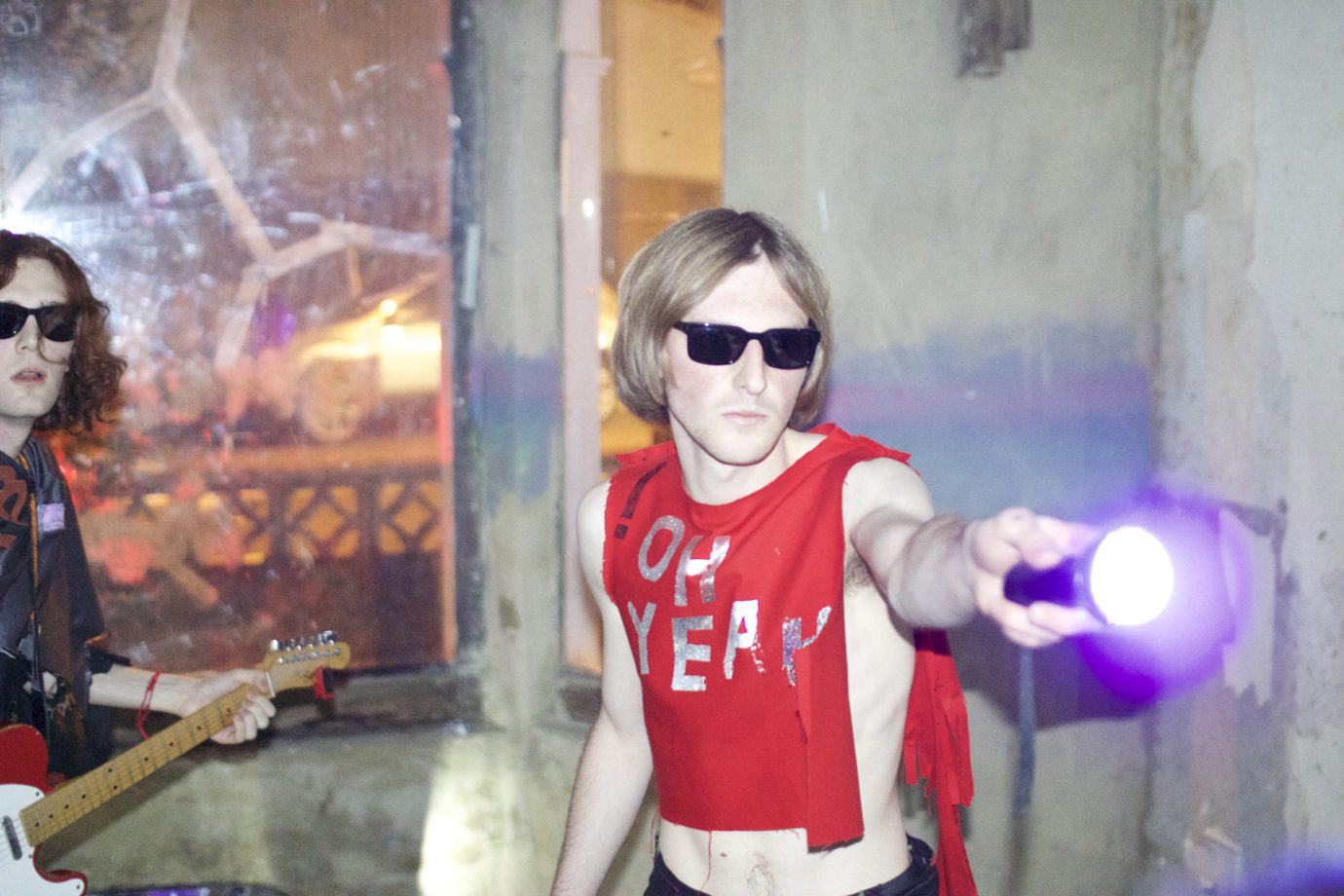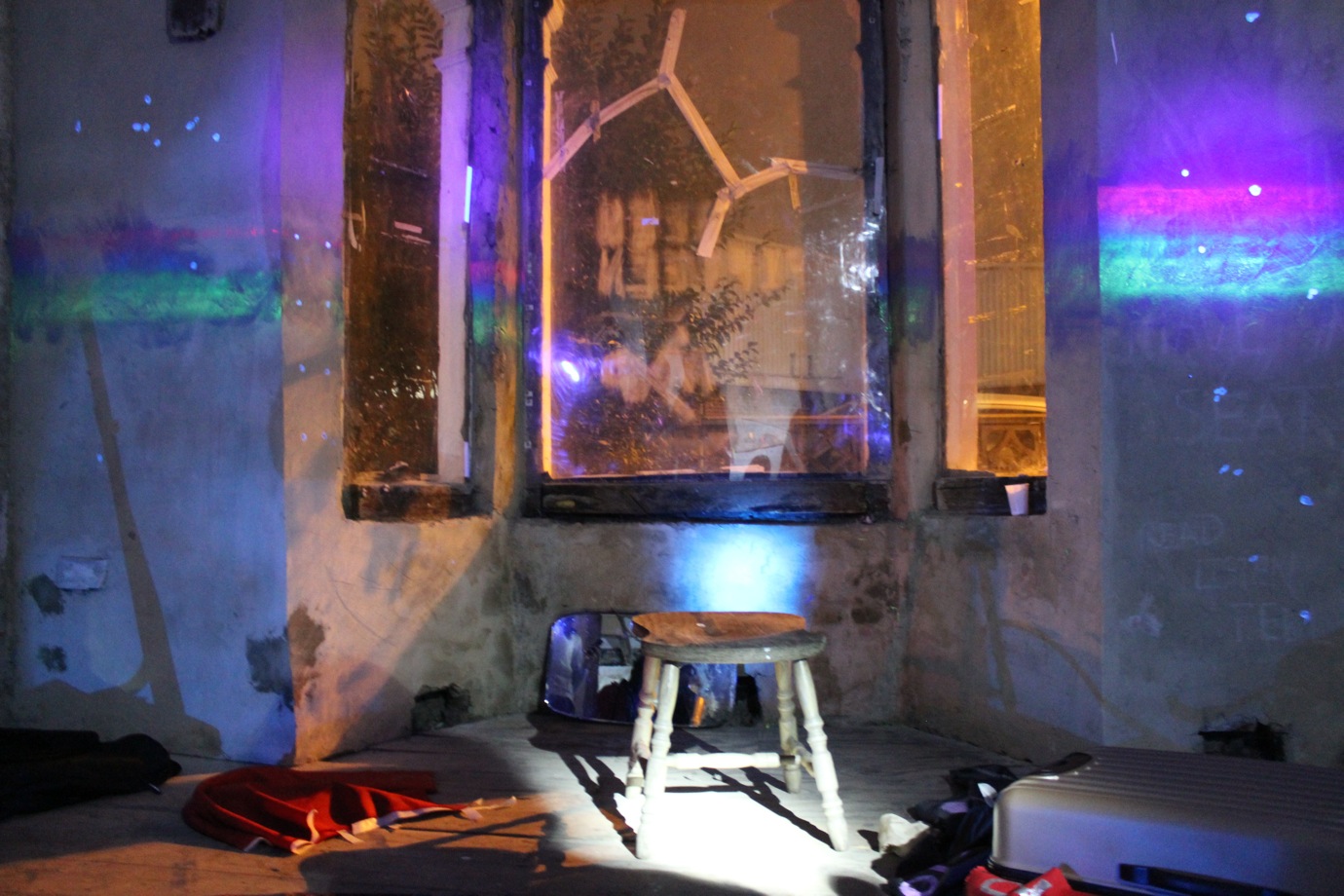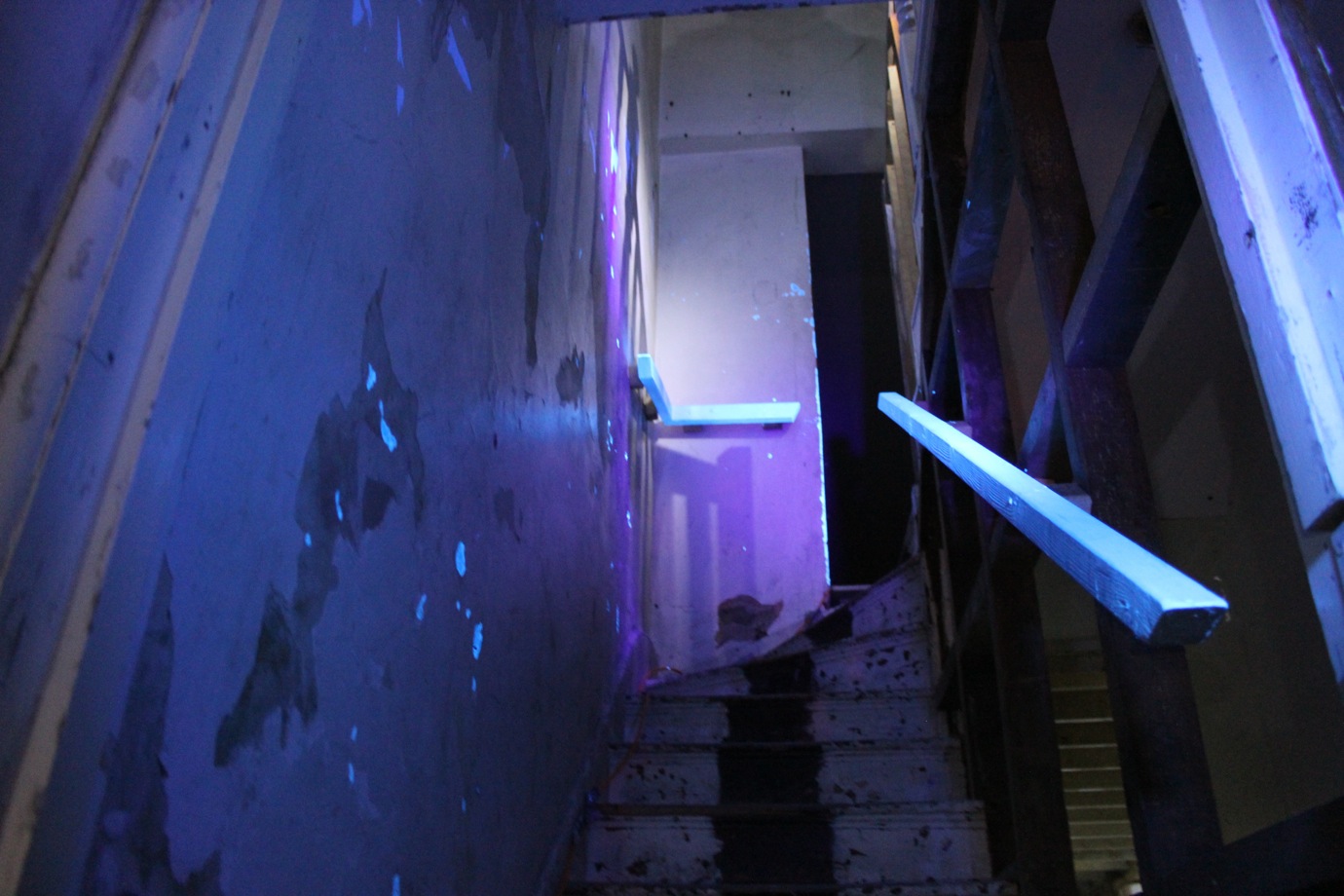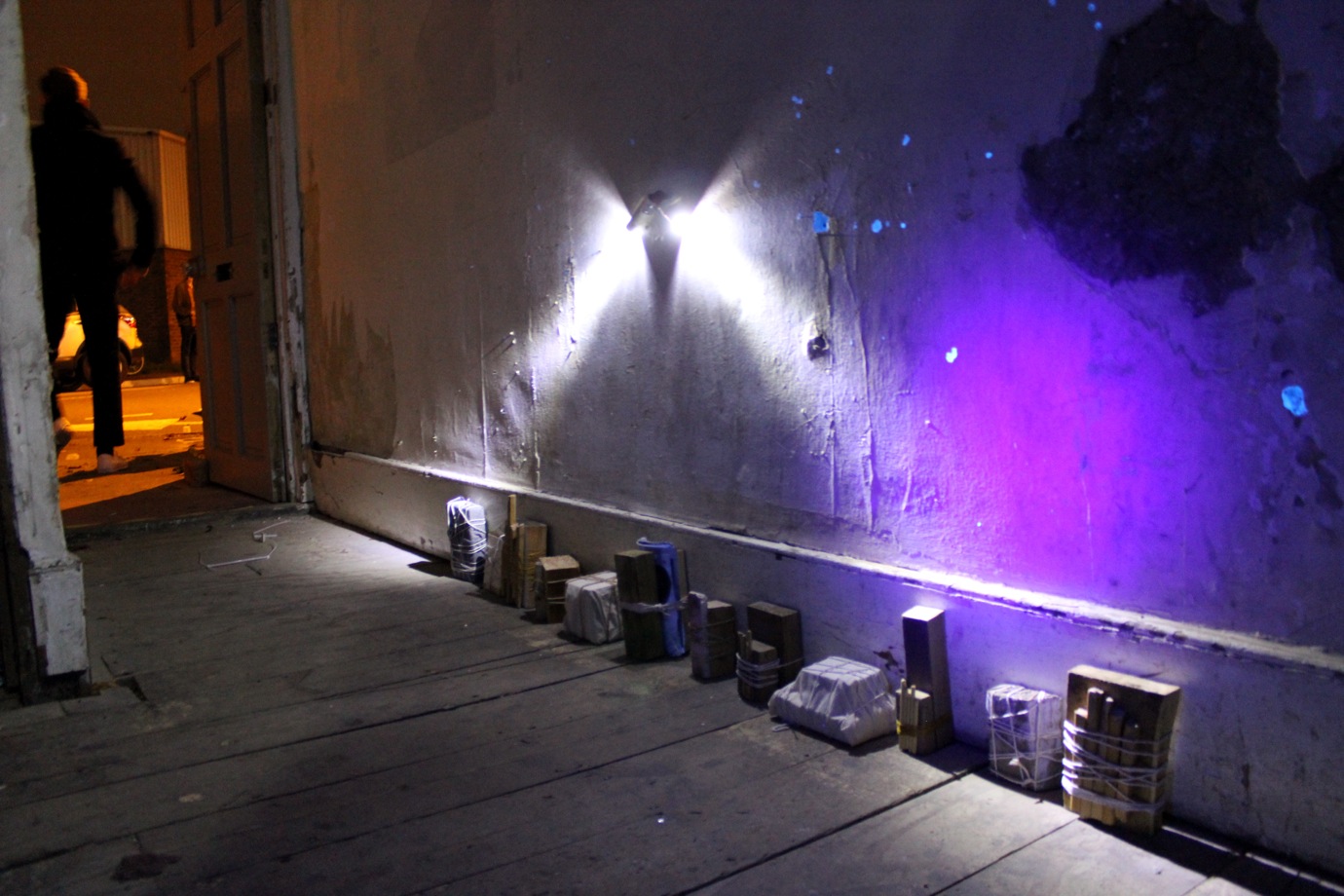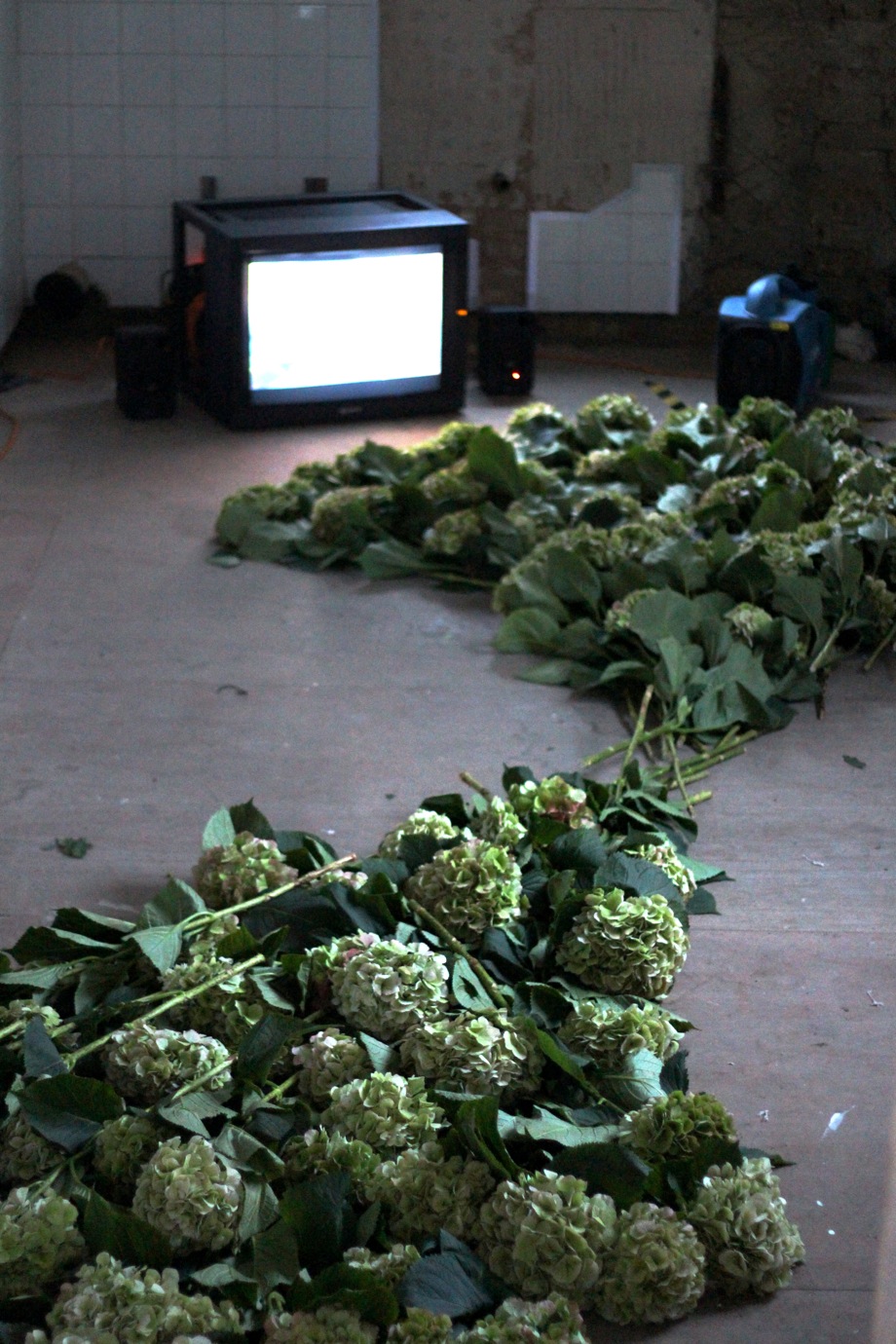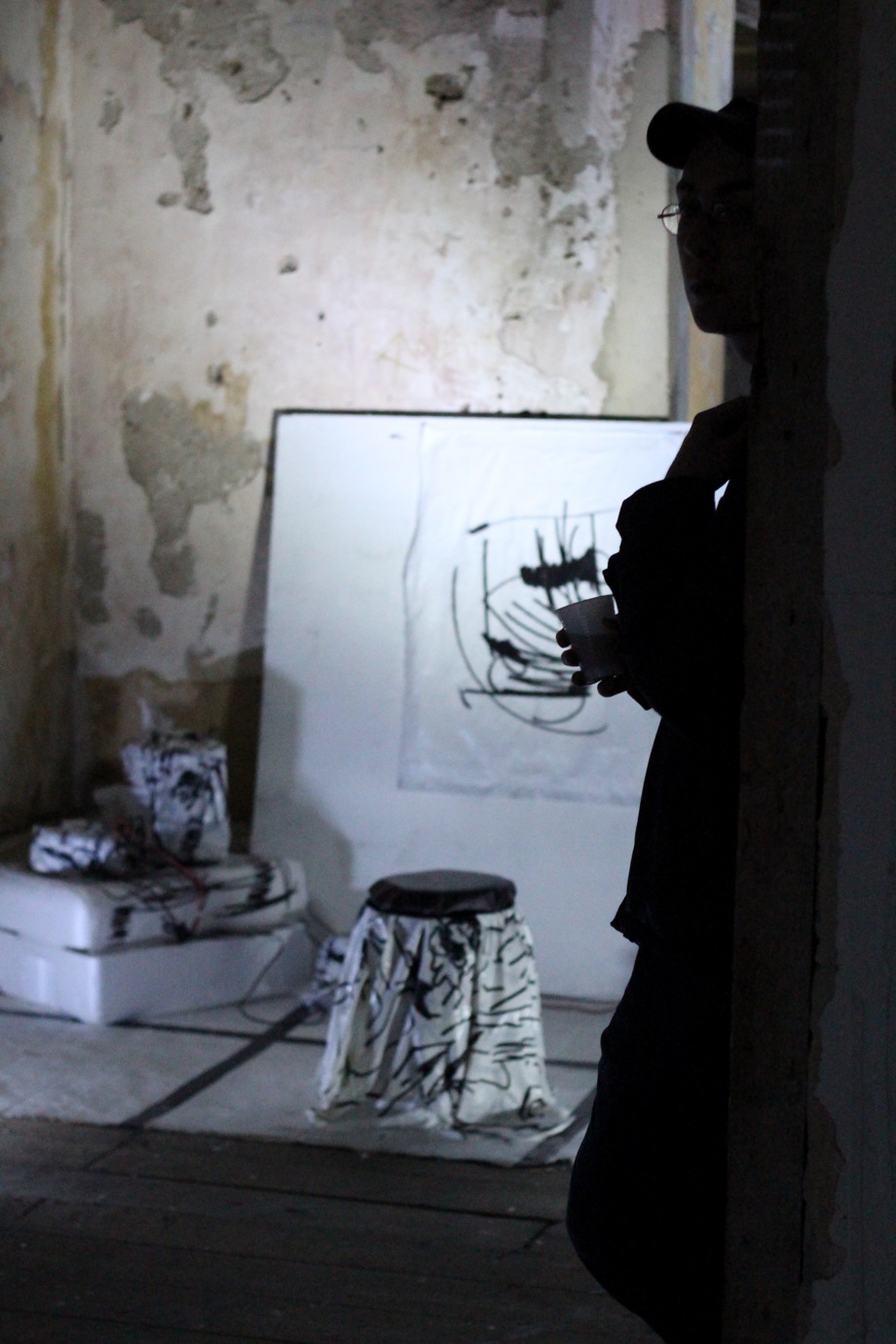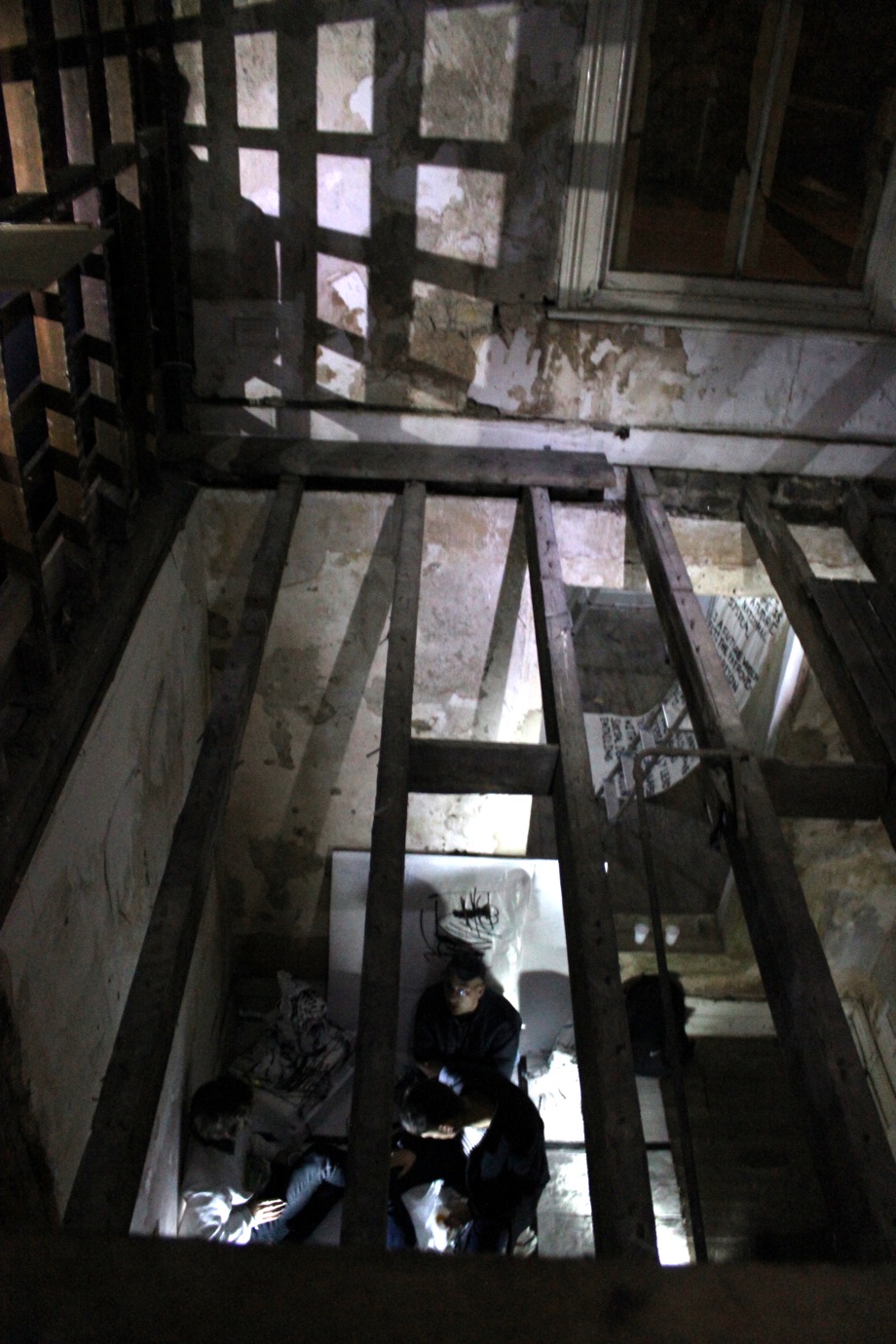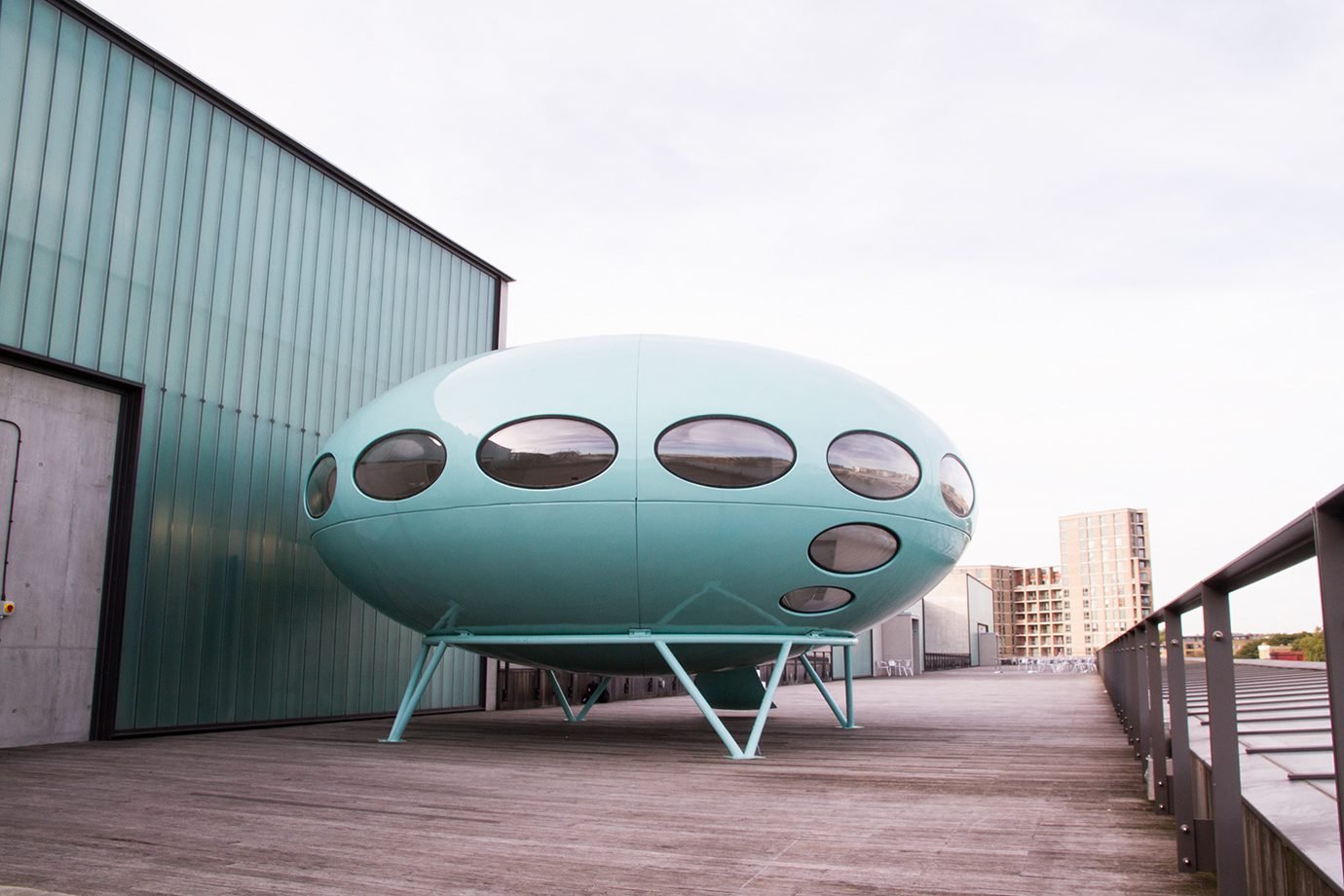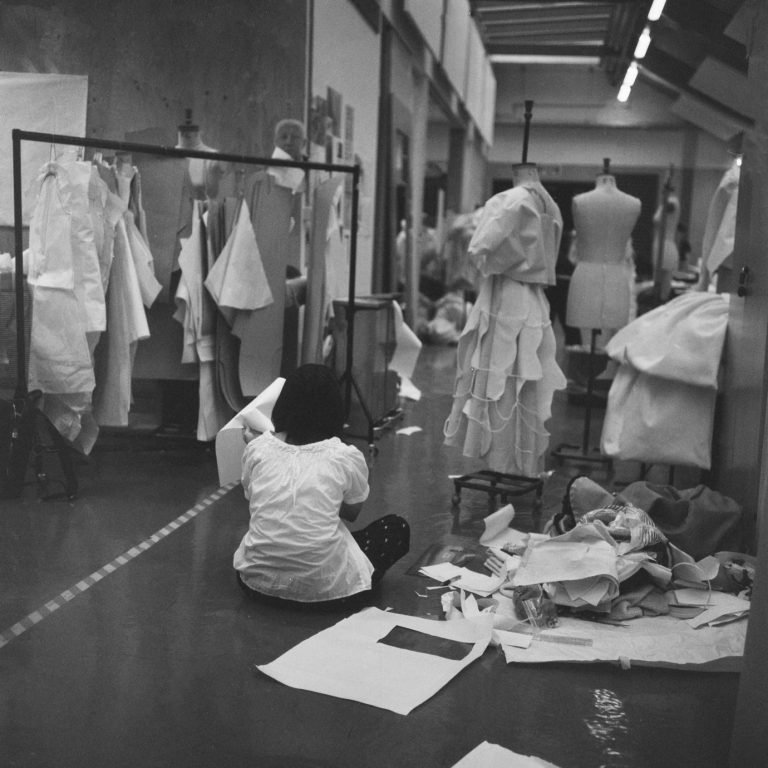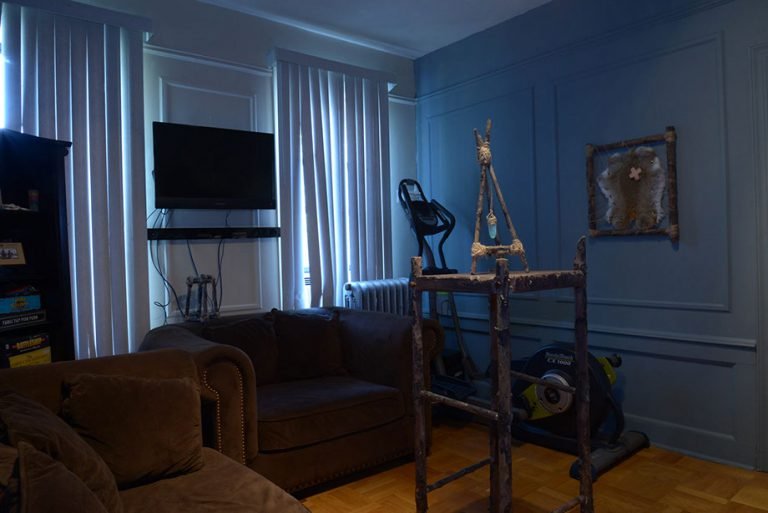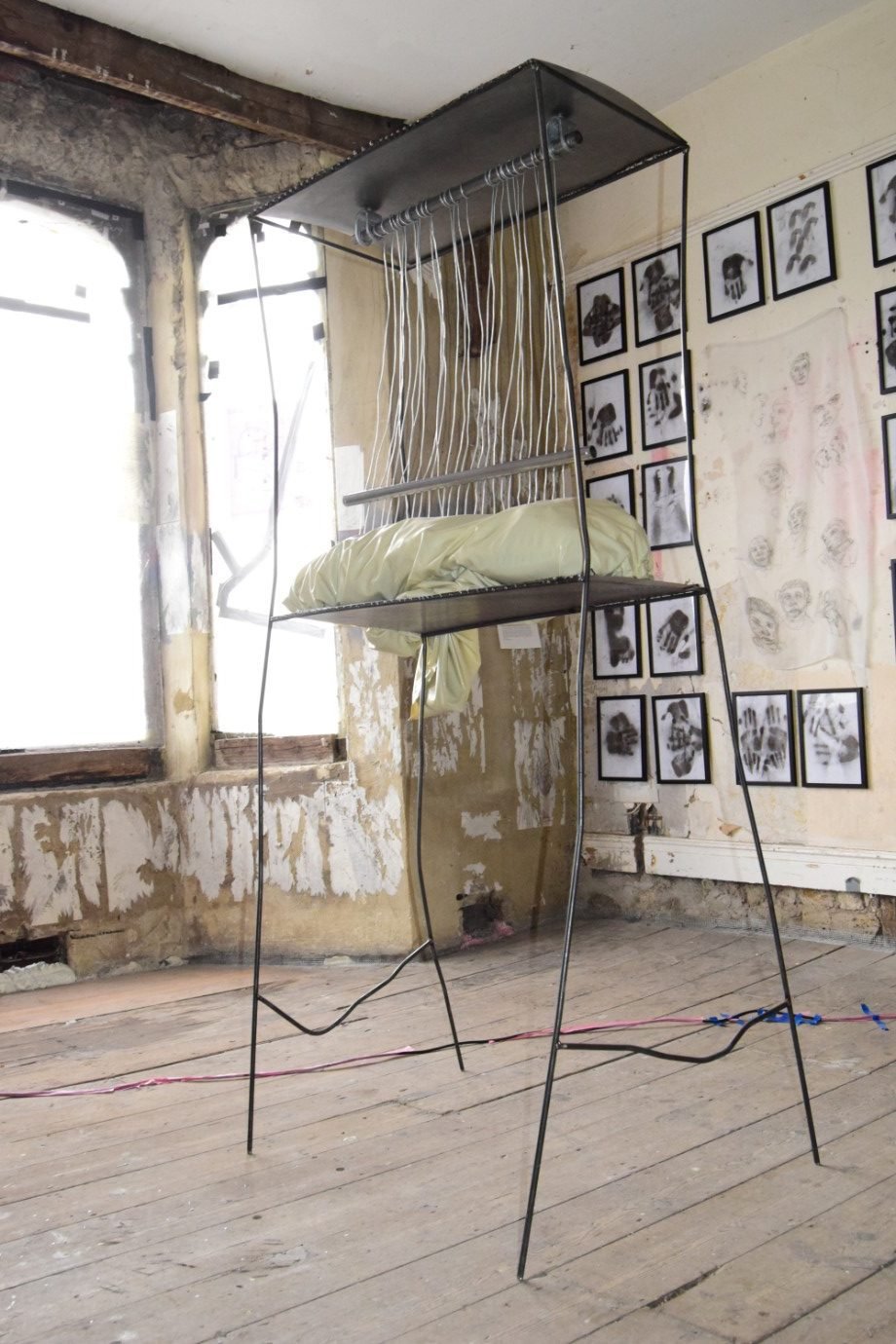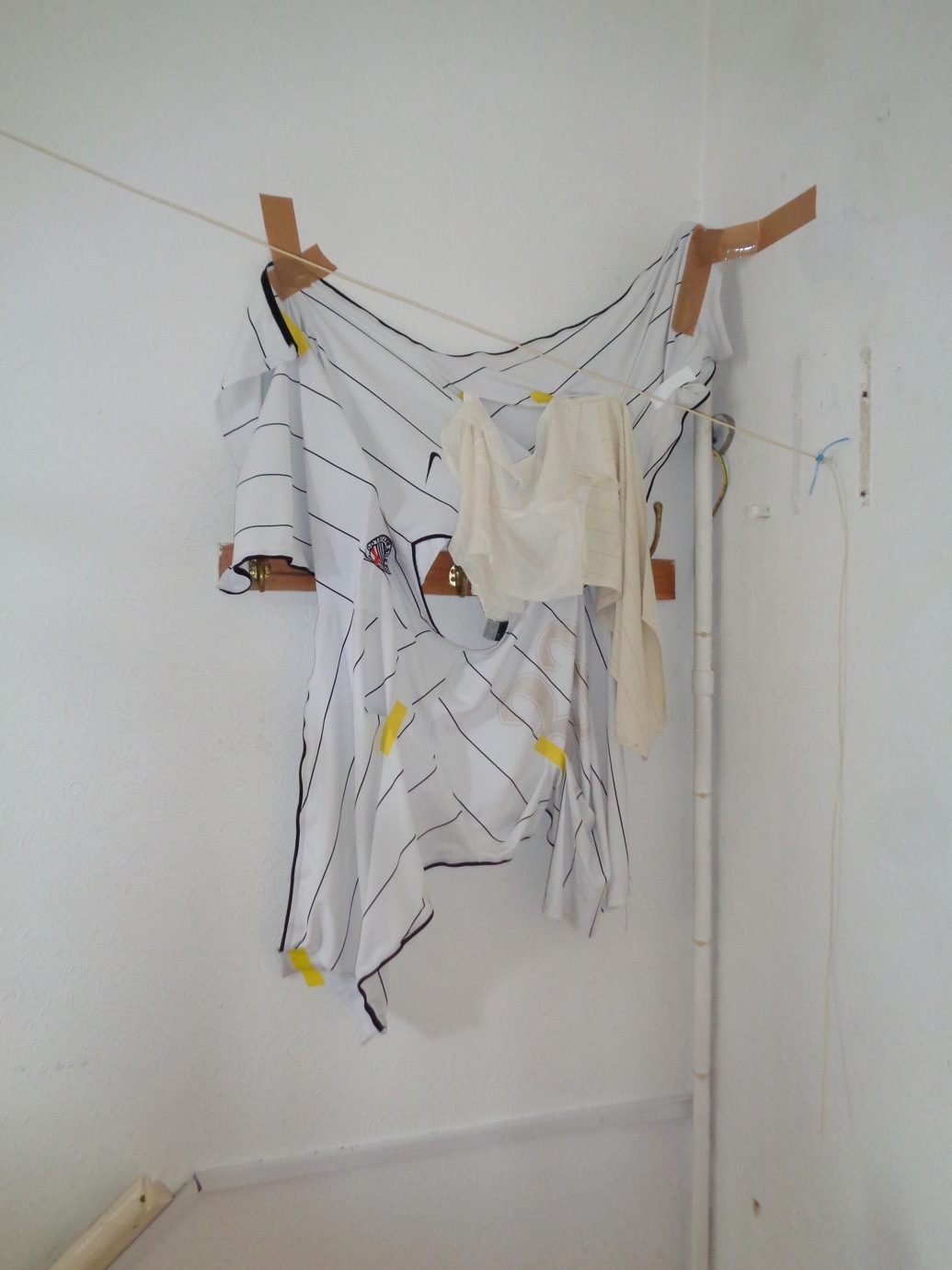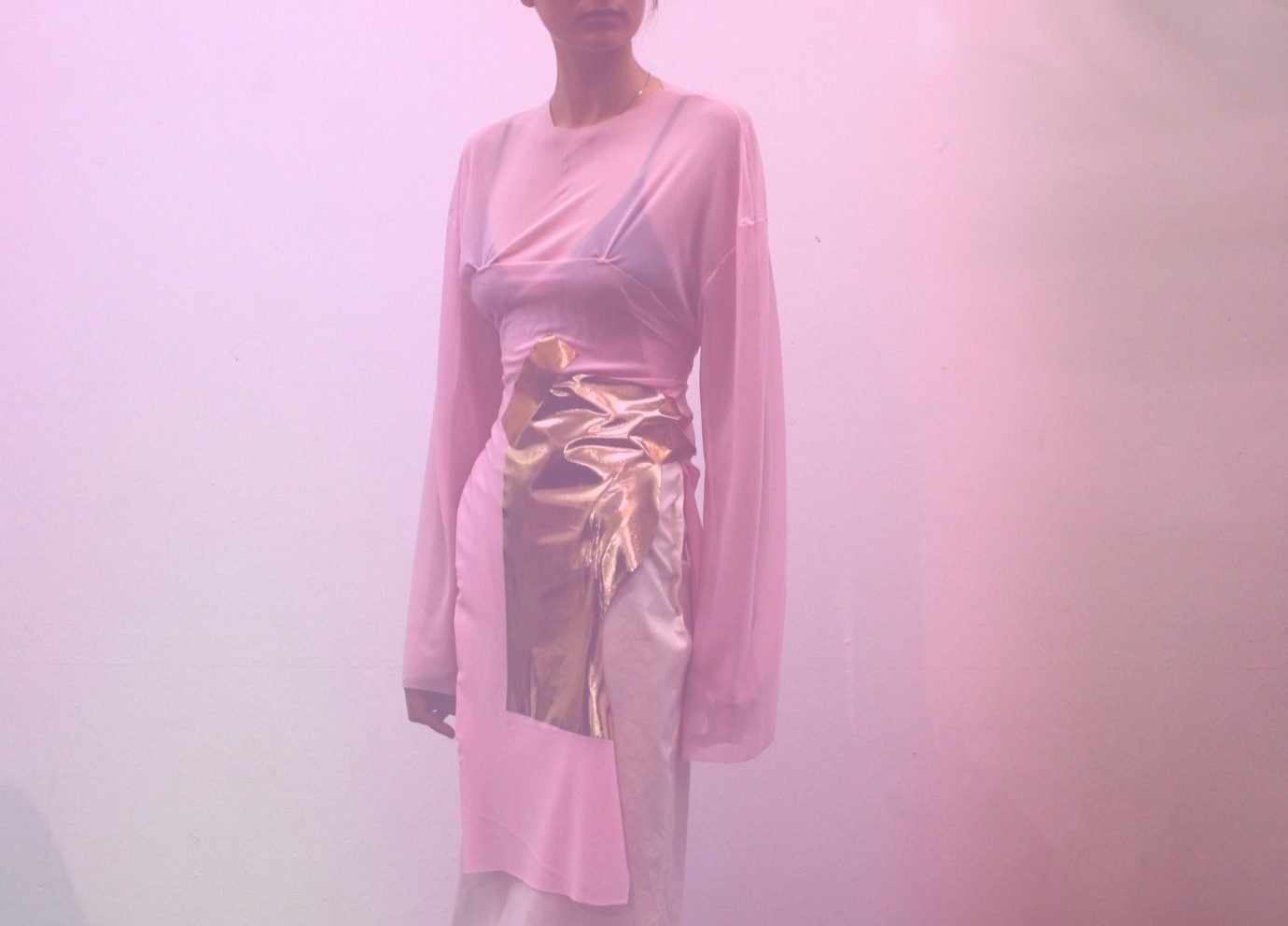“IT WAS SOMEWHAT INTENDED TO STAND IN OPPOSITION TO, IN THE WORDS OF PATRICK GODDARD, THE “ALL STYLE NO CONTENT POST INTERNET WANKATHONS.”
1 Granary: Can you tell me about your exhibition?
Philip Speakman: The exhibition was titled Battery Power: A Post-Electric Exhibition, and it took place over one night in a semi detached Victorian town house in Peckham. The notion of a post-electric future derives from Anna Washburn’s play Mr Burns: A Post-Electric Play which ran at the Almeida in June 2014 and is set in ‘an America’ deprived of a national grid system after some unspecified end of civilisation.
The post-electric offered a framework, both conceptually and pragmatically, to construct the exhibition within. I liked the idea of an exhibition which could occupy a fictional space in the form of this imagined future. What was exactly meant by the post-electric, and what it might entail, continued to become more and more refined as the exhibition developed and even throughout the night.
The idea was never no electricity but post-electricity. By post-electric we mean a scenario proceeding now where electricity is a ‘switch flick’ away, but where everything around is us still relies on a network of power. This meant the artists had to provide their own power if necessary and incorporate this reliance into the piece.
An example of this is in Isobel Adderley’s installation S T E M, which required a generator to power her AV equipment. Through its approximation to the monitor, the generator took on a sculptural property. Andy Wyatt’s performance C’mon it’s Friday! centred around riffs played on an electric guitar going through a pocket amplifier which they didn’t know the battery life of so could have cut out at any point. Gina Price used the minimal lighting conditions which came as a result of having to light the entire show with LED torches to create a house wide wall work in UV paint called Was there all along. The minimisation of electricity also offered breathing space for work like Jess Heritage’s performance which utilises smell and haptic sensations like crushing an orange in your bare hands.

